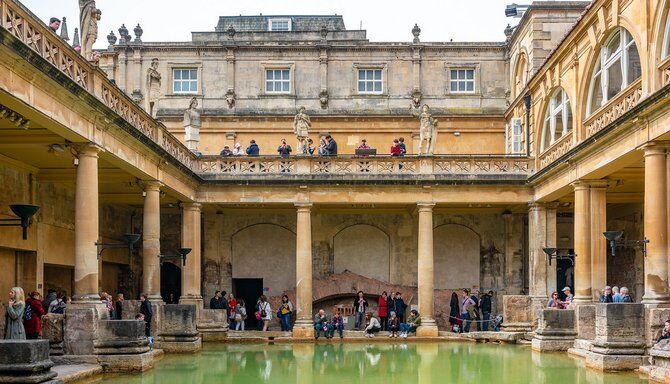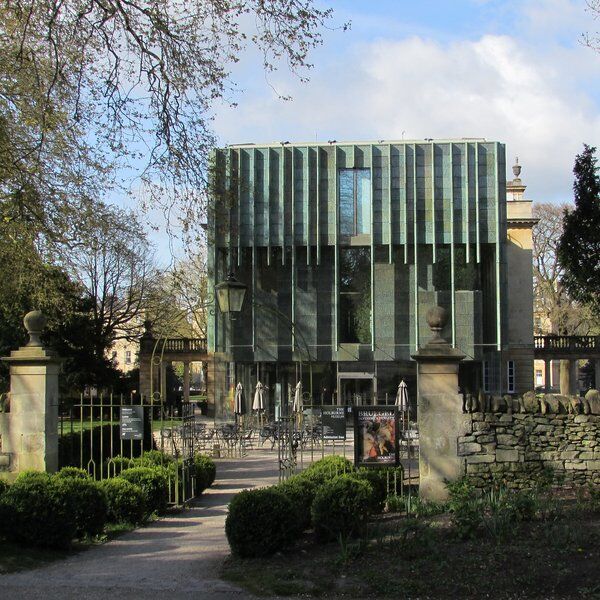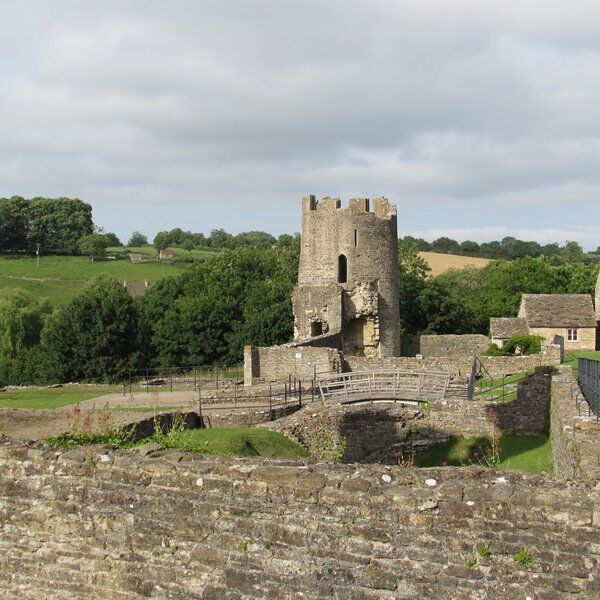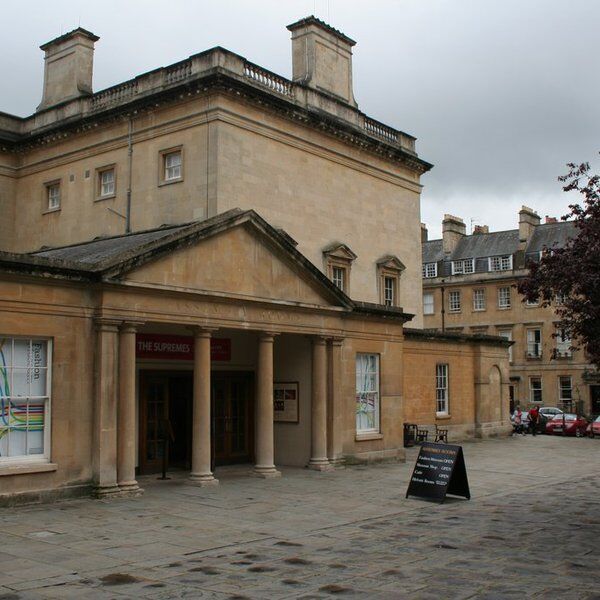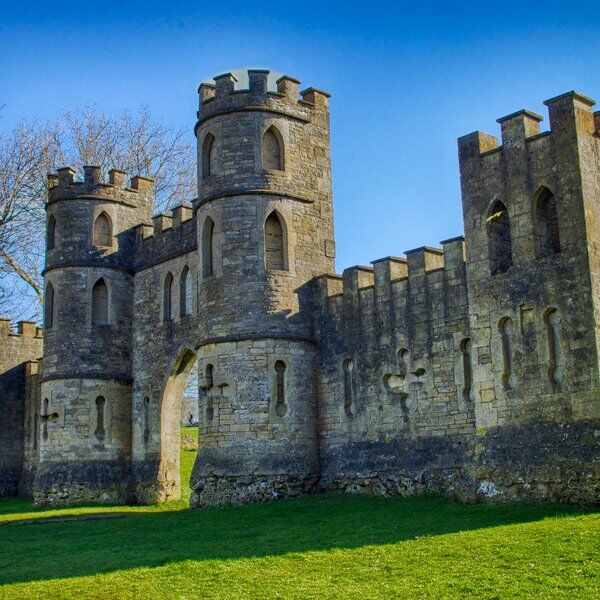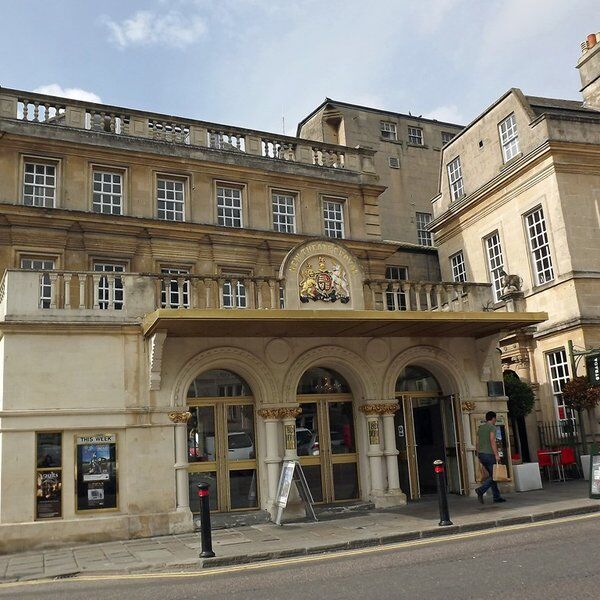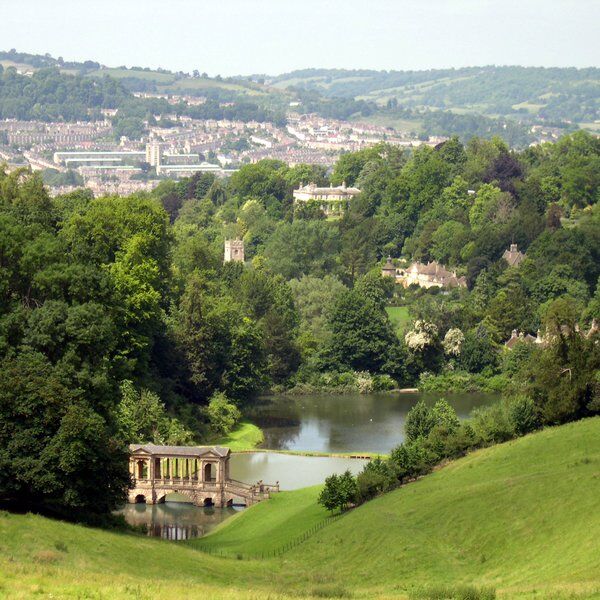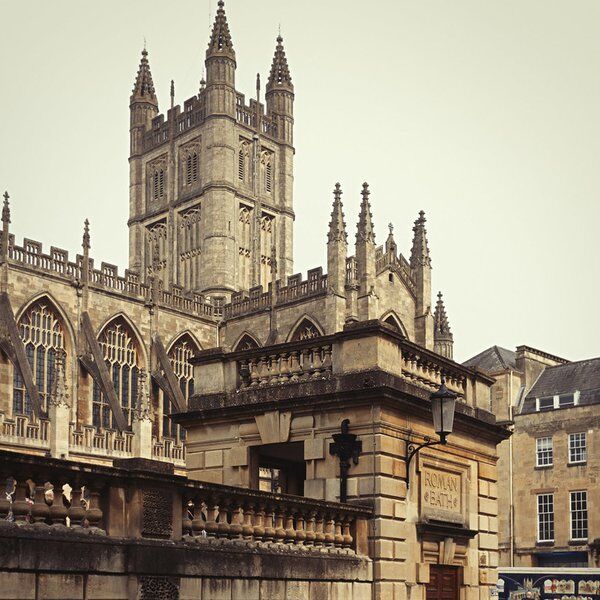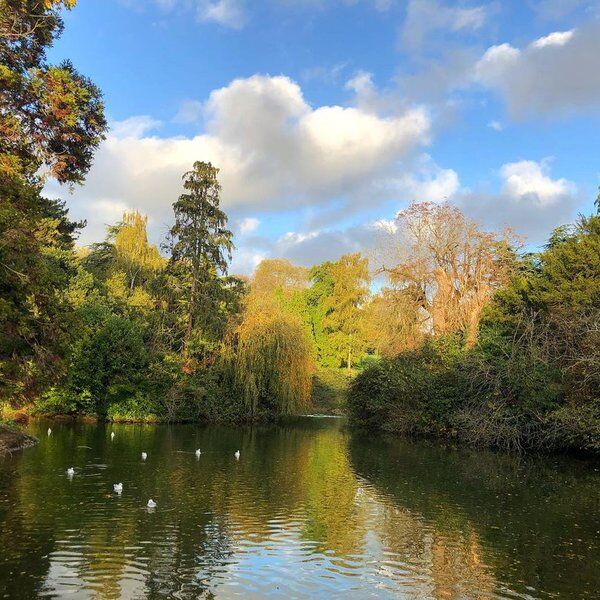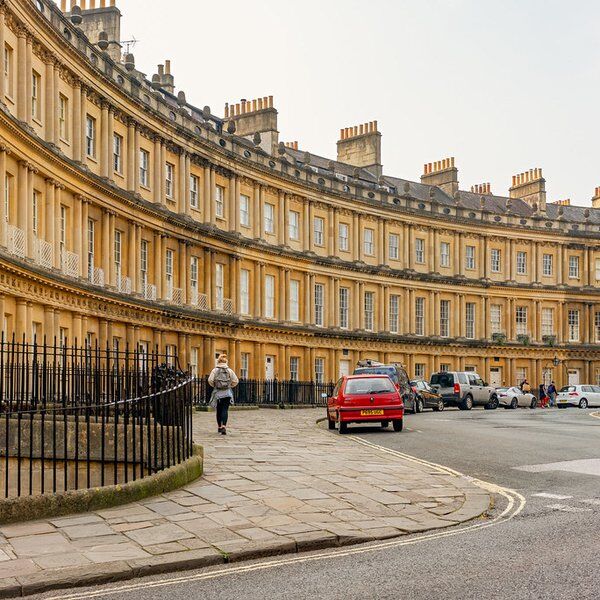Bath has been a designated world heritage site since 1987 due to its:
“ […] Roman Remains, 18th Century Architecture, 18th Century Town Planning, Social Setting, Hot Springs and Landscape Setting”
Bath’s story as a cultural landmark dates back to the Mesolithic period. From the nearby Stonehenge to the Bronze Age barrows dotted across the landscape, there is plenty of evidence that Bath's hot springs were integral to the early community that formed around them.
Beyond their obvious practical use, the springs took on huge religious importance. Pagan communities used to worship them and their supposedly healing waters. Hundreds of years later, Christians too set up a monastery next door: Bath Abbey.
Since those ancient days, Bath's Roman Baths have been a focal point for people from every walk of life: artists, writers, socialites, the sick, and the faithful.
Geology
Geothermal springs are the result of ground water coming into contact with “shallow bodies of magma (molten rock) or by circulation through faults to hot rock deep in the Earth's crust”. Temperate springs can be found throughout the United Kingdom, which may come as some surprise given the lack of significant volatile geological activity.
While the mere existence of the springs alone doesn’t set Bath apart, their number and heat certainly does. The Bath area is unusual in featuring a cluster of different geothermal (or ‘hot’) springs. The most significant of these can be found in the city’s historic heart, recording temperatures between 40 – 47°C. This makes them the only truly hot springs in the United Kingdom. Only St Ann's Well in Buxton comes close, with recorded temperatures of around 27 °C.
Bath's hot waters made it an immediate draw for early historic groups, who were quick to ascribe it with mystical properties.
King Bladud
Legend has it that, in 863 BC, the sacred springs were first discovered by King Bladud, Bath's supposed founder. Traces of his tale can be found scattered throughout the city.
According to famed historiographer and Arthurian scholar Geoffrey of Monmouth, Bladud was said to be a travelled academic and son of another legendary king of the Britons, King Rud Hud Hudibras.
While studying in Athens under his father’s orders, Prince Bladud contracted leprosy. After returning to Britain, he evaded imprisonment over his condition and adopted the life of a humble pig farmer in the region of Swainswick near modern Bath. While living under this guise, he noticed that his pigs took to the warm, dark mud near the springs. Those who bathed seemed energised and free of ailments, and over time Bladud came to realise that the spring’s water had rejuvenating properties. He tried them for himself and was astonished to find his leprosy cured!
Drawing strength from his miraculous recovery, he went on to follow in the footsteps of his father and, now sickness-free, returned from his exile to claimed his title as King.
The later history of Bladud covers his explorations of necromancy and the subsequent end of his life as he constructed himself a pair of wings and died from either falling or colliding with a wall depending on which version of events you read.
But back to actual history…
Aquae Sulis
Sulis was a local, Celtic goddess of the springs associated with health and life. Archaeological evidence suggests that where Bath's Roman Baths are now there once stood a shrine to her.
In 43 AD the Romans invaded Britain and swept north. When they reached what would become Bath, they named it Aquis or Aquae Sulis – Water/s of Sulis – and they quickly drew parallels between Sulis and their own deity Minerva whose focus was defensive conflict.
The overlaying of the Roman pantheon onto that of the locals was a common practice throughout Roman expansion and seems to have been largely accepted as having lead to a smoother integration with local populaces. Votives and inscriptions from the wide-spanning era show the names being used interchangeably, with Sulis-Minerva being represented in myriad artworks, and appealed to on inscribed sheets of lead or pewter. These were rolled up and dropped into the waters. They often asked the twinned goddesses for cures, or for the cursing of enemies. Due their personal level of insight,
these curse tablets, which include Britain’s earliest prayers, [have] now been included in the UNESCO Memory of the World Register of outstanding documentary heritage.
Between 60 – 70AD the Romans oversaw the construction of a temple, and in the three centuries that followed, a bathing and temple complex: Bath's Roman Baths.
The connection to Minerva proved self-fulfilling as Bath became a site of many conflicts over the following years. Large, defensive walls – the lines of which can still be followed in modern Bath – were constructed.
After the Roman’s withdrew from Britain in the 5th century, the bathhouses were left to disrepair and ruin. Without careful maintenance by their builders, the original buildings were neglected and became largely unusable as mineral deposits built up and choked the complex engineering systems used to move the water between rooms.
In the centuries that followed, the springs have proven to be a treasure trove of Roman objects. Coins, busts, and carvings have been discovered in or near the waters, presumably cast in as offerings to the twinned goddesses. Bath's Roman Baths Museum now displays over 12,000 Denari coins, the largest in the UK.
Bath's Roman Baths Today
Today's baths are chiefly a C17th development. While the springs did see use and development in preceding centuries (notably by John of Tours, a bishop who was key in the development of Bath Abbey), the larger building itself was the product of Bath's famous father-son architects John Wood the Elder and John Wood the Younger. whose work forms some of the city's most stunning developments. The neo-classical/Palladium style is self-evident in the generous use of columns and severe geometric shapes, with eye-catching carvings used sparingly and with symbolic significance.
Further additions and changes were made by the Victorians including, but not limited to: grand colonnades that reach across the open spaces near the Abbey, and expansion of the Grand Pump Room where visitors could socialise and enjoy the waters.
The building is a remarkable combination of nature and architecture and is well worth a visit. The open-air section of the Baths, which can be viewed from a terrace surrounding the pool is just a fraction of the site as a whole, which stretches below street level.
Interested in finding more places like this? Try one of our Treasure Hunts In Bath - untangle cryptic clues as a team, as you are taken on a journey to the most unique, unusual and bizarre corners of England.
